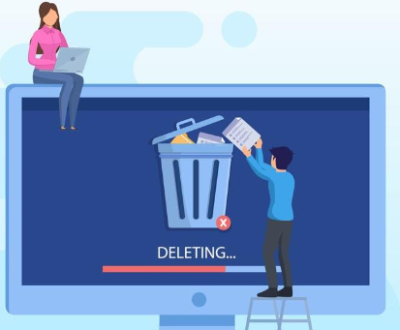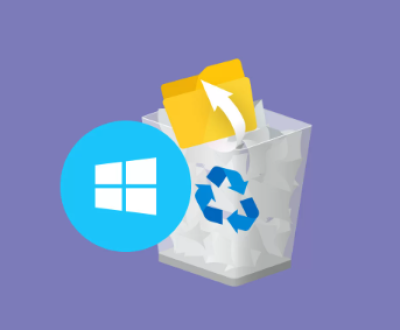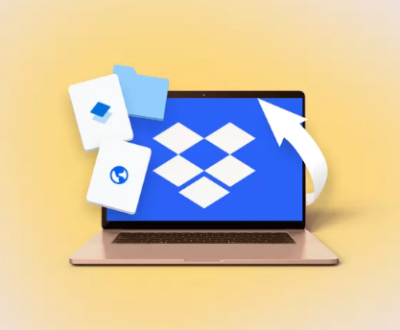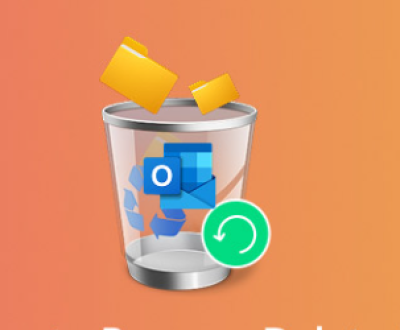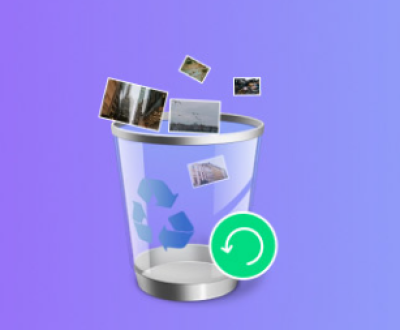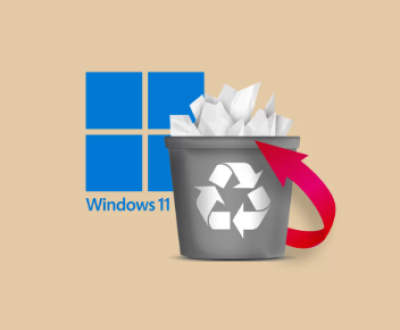The convenience and reliability of external hard drives have made them indispensable tools in the modern digital world. Whether you’re backing up family photos, storing work projects, or transporting large files, an external hard drive especially from trusted brands like Western Digital (WD) can be a lifesaver. But when that same drive suddenly refuses to read or mount, frustration and panic can quickly set in.
The issue of a Western Digital external hard drive not being recognized or read is more common than you might think. Whether it’s completely unresponsive, partially detected, or displaying odd behavior like asking to be formatted, the experience can be alarming especially if the drive holds critical or sentimental data.

Fortunately, this doesn’t always mean the drive is dead or the data is lost. A range of software, driver, firmware, file system, and even cable or port issues could be at play. With the right approach, many of these problems are fully fixable, and your data recoverable.
Part 1: Symptoms
When your WD external drive “won’t read,” the problem may manifest in different ways:
It doesn’t show up in File Explorer or Finder.
It’s detected in Device Manager or Disk Utility, but not accessible.
It prompts you to format the drive.
It shows RAW format or unallocated space.
The drive is completely unresponsive no lights or sounds.
It mounts, but accessing files is extremely slow or causes errors.
Recognizing which of these symptoms you’re facing helps narrow down the problem.
Part 2: Basic Hardware Checks
Before diving into software troubleshooting, start with the basics.
2.1 Check the USB Cable
Use a different USB cable.
Make sure it’s a data-transfer capable cable, not just for charging.
Inspect the connectors for bent pins or damage.
2.2 Try Another USB Port
Use different USB ports (especially USB 3.0 vs. 2.0).
Try both front and rear ports on desktops—rear ones are more reliable.
2.3 Try Another Computer
Connect the drive to a different computer:
If it works there, the problem is likely software/driver related on the original device.
If it still doesn’t work, the issue is likely with the drive itself.
2.4 Power Supply (For Desktop Drives)
If you’re using a desktop WD drive with external power:
Ensure the power adapter is connected properly.
Try another power outlet.
Listen for any spinning or clicking sounds from the drive.
Part 3: Troubleshooting on Windows
3.1 Check Disk Management
Press Windows + X > Disk Management.
Look for your WD drive:
Does it appear as Unallocated?
Is it listed but RAW or without a drive letter?
Fix:
If it’s missing a drive letter:
Right-click > Change Drive Letter and Paths.
Assign a new letter.
If it’s unallocated:
You may need to create a new partition (only if data loss isn’t a concern).
Use recovery tools first (see Part 6).
3.2 Update or Reinstall Drivers
Open Device Manager.
Expand Disk Drives.
Right-click the WD drive > Update Driver.
Or Uninstall device, then unplug and reconnect the drive to reinstall automatically.
Also check Universal Serial Bus controllers for unknown devices.
3.3 Use Command Prompt to Check Drive Health
bash
chkdsk E: /f /r /x
Replace E: with your drive’s letter. This checks for and repairs file system issues.
3.4 Scan for Hardware Changes
In Device Manager:
Click Action > Scan for hardware changes.
Helps if Windows didn’t automatically detect the newly connected drive.
Part 4: Troubleshooting on macOS
4.1 Open Disk Utility
Open Applications > Utilities > Disk Utility.
Locate your WD external drive.
If listed but grayed out:
Click Mount.
If it won’t mount:
Try First Aid to repair the disk.
4.2 Use Terminal to Check
bash
diskutil list
This shows all attached disks.
bash
diskutil mountDisk /dev/disk2
Replace /dev/disk2 with your actual disk identifier.
4.3 Reset SMC and PRAM
Sometimes a stuck system controller can cause mounting issues.
Reset SMC:
Shut down Mac.
Press Shift + Control + Option + Power button for 10 seconds.
Release and turn on.
Reset PRAM:
Restart and hold Option + Command + P + R.
Part 5: Troubleshooting on Linux
5.1 Use lsblk or fdisk
bash
lsblk
bash
sudo fdisk -l
This helps determine if the drive is being detected at a hardware level.
5.2 Mount Manually
bash
sudo mkdir /mnt/mydrive sudo mount /dev/sdX1 /mnt/mydrive
Replace /dev/sdX1 with your actual device name.
5.3 Check Logs
bash
dmesg | tail
This shows recent logs. Look for I/O errors or filesystem issues.
Part 6: When the File System Is Corrupted
6.1 Symptoms
The drive shows as RAW or prompts for formatting.
Files are inaccessible.
Windows or macOS gives a “drive is not accessible” message.
6.2 Don’t Format Yet!
Even if the system prompts for formatting—don’t do it unless you’re willing to lose data.
6.3 Use Data Recovery Software
Panda Assistant is a powerful, user-friendly software solution designed to help individuals and businesses recover lost, deleted, or corrupted data across a wide range of storage devices. Whether it’s a mistakenly deleted document, a corrupted SD card, or a formatted external hard drive, Panda Assistant provides a reliable and efficient way to retrieve your valuable files with just a few clicks.
What sets Panda Assistant apart is its intelligent scanning engine, which performs both quick and deep scans to locate data that other tools often miss. It supports recovery from hard drives, USB flash drives, SSDs, SD cards, memory sticks, and even devices affected by viruses or file system errors. Compatible with both Windows and macOS, the software is designed to be accessible to both beginners and advanced users.
Part 7: Physical Drive Problems
If your drive:
Makes clicking or grinding noises
Doesn’t spin up
Has a burnt smell
Is overheating
…then you may be dealing with hardware failure.
7.1 Steps You Can Try
Use a different enclosure or SATA-to-USB adapter if the drive is removable.
Freeze trick: This is controversial but has helped in rare cases. Place the drive in a sealed plastic bag in the freezer for a few hours, then plug it in and try accessing it. (Use as a last resort.)
7.2 Data Recovery Services
If the data is critical, stop using the drive and contact a professional recovery lab.
Top services:
WD’s own Data Recovery Partners
DriveSavers
Ontrack
Gillware
Part 8: Firmware or Software Compatibility Issues
8.1 WD Utilities
Download Western Digital Drive Utilities from WD’s website.
It can:
Check drive health
Update firmware
Reformat or scan the drive
8.2 Format Issues Between OS
Drives formatted as NTFS won’t write on macOS by default.
APFS or HFS+ drives won’t be read by Windows.
Use exFAT for cross-platform compatibility.
Part 9: Preventing This in the Future
9.1 Eject Properly
Always eject the drive safely before unplugging to avoid file system corruption.
9.2 Use Surge Protection
Power surges can damage external hard drives. Use a surge protector, especially with desktop models.
9.3 Regular Backups
Always back up important data to at least two locations.
Use cloud storage as an additional layer if possible.
9.4 Monitor Drive Health
Tools like CrystalDiskInfo (Windows) or SMART Utility (Mac) can warn of impending hardware failure.
Part 10: Reformatting the Drive (As Last Resort)
Only do this if data recovery is not needed or already completed.
10.1 On Windows
Go to Disk Management.
Right-click the partition > Format.
Choose exFAT or NTFS.
Give the drive a label and start formatting.
10.2 On Mac
Open Disk Utility.
Select the drive > Erase.
Choose exFAT (for Windows/macOS compatibility) or APFS (for macOS only).
Format the drive.
10.3 On Linux
bash
sudo mkfs.exfat /dev/sdX1
Replace /dev/sdX1 with your actual drive identifier.
When your Western Digital external hard drive won’t read, it doesn’t necessarily mean disaster. From faulty cables and power issues to partition table confusion and corrupted file systems, most causes are fixable with a bit of patience and the right tools.
About us and this blog
Panda Assistant is built on the latest data recovery algorithms, ensuring that no file is too damaged, too lost, or too corrupted to be recovered.
Request a free quote
We believe that data recovery shouldn’t be a daunting task. That’s why we’ve designed Panda Assistant to be as easy to use as it is powerful. With a few clicks, you can initiate a scan, preview recoverable files, and restore your data all within a matter of minutes.

 Try lt Free
Try lt Free Recovery success rate of up to
Recovery success rate of up to

